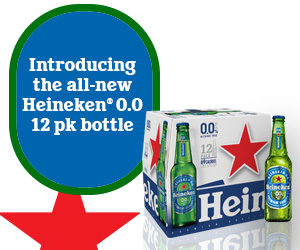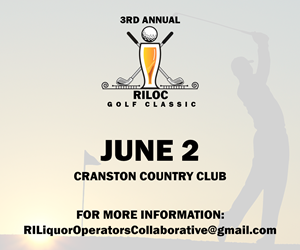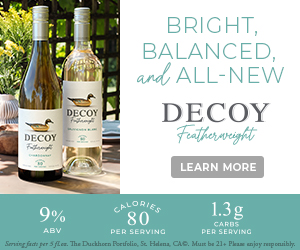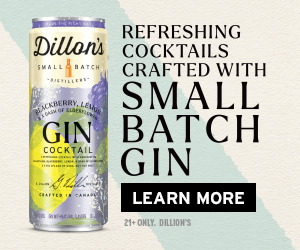

Ryan Robinson, Director of Education, Brescome Barton and Worldwide Wines.
By Ryan Robinson, Advanced Sommelier-CMS, WSET Diploma and WSET Educator
How relevant are wine scores when purchasing a bottle of wine that you have never tried before? The response to this answer is quite divided. Some people are quite passionate about their wine selection correlating with a specific score—or at least a specific minimum. One night when I was working as a floor sommelier on the West Coast, I had a guest tell me, “Nothing below 92 points touches these lips.” Full honesty, it was challenging to smile and say, “It’ll be my pleasure to find a selection that is up to your standards,” as I thought it was such a trivial statement.
I often associate wine scores with the retail market. They make for great selling points and are found accompanying most shelf talkers, luring in shoppers amid a sea of options. Very rarely do restaurants and wine bars publish scores on their wine lists, but on occasion I’ve witnessed a few examples where this was well-executed. In reality, it takes a lot of work to keep restaurant wine lists as up to date as possible, and adding scores is just another layer of administrative work for most sommagers (the unfortunate hybridization of sommelier and manager).
The subjective idea that one bottle of wine must be better than another has been around for some time. This was done in the form of wine competitions. One of the first organized international wine competitions was held in 1224 by the French king Philip Augustus. King Philip tasted and scored 70 wines, making him one of the first wine critics. The winner was a Cypriot wine.
Aside from King Philip, the idea of a wine critic is a relatively new phenomenon. Historically, wine merchants would rank wines in their books as a tool for sales. This landscape grew and evolved drastically in the 20th century to our modern-day formal wine criticism. Leading this charge in 1978 was Robert Parker, an American lawyer who began publishing The Wine Advocate.
Parker is credited with introducing the 100-point system that is referenced today. This scale is what most wine critics and organizations use, with scores falling between 50 to 100 points. Points are awarded based on a wide range of criteria, such as color, appearance, aroma, bouquet, flavor, finish and perceived quality. Additional scoring systems have been adopted, such as the 20-point scale that is utilized by wine writer and Master of Wine Jancis Robinson.
The use of a wine rating system gives a common language and a universal standard when attempting to choose a wine, but I often question what standard this scale is reflecting. In the case of Parker, these scores were based on a single individual’s opinion and ideals as to what wine should look and taste like. If you are drawn to full-bodied, opulent wines, then Parker scores have value. But if you prefer, soft, elegant and restrained styles of wine, a Parker score will not be of benefit, as they are typically lower for this style. Since the launch of The Wine Advocate, there have been numerous competitions, new wine critics and an abundance of wine scores. So, which score do you follow?
This last month, I had the good opportunity to be one of the international wine judges for 5StarWines, the wine competition held in Verona, Italy, the week before the start of Vinitaly. It was an eye-opening experience and began to restore my faith once again in wine scores. The competition is comprised of wine judges from all over the world. With its wide geographic representation, multiple cultures and taste preferences were represented. There were four judges, each from a different country, and there was one Italian winemaker assigned to the panel. The resulting scores were an average sourced from the collective. To me, this is the most ideal. It is not the single opinion of an individual, but rather a consensus of various cultures and opinions.
I think wine scores can be an important measure when being adventurous and looking for new wines to try. When someone tells you a bottle is a 100-point wine, follow up and investigate where the score came from. As for myself, I prefer scores that are not derived from a single person’s perspective, but rather an average of a group of wine professionals. In addition to the scores that can be found from 5StarWines, Decanter scores utilized this same collective model. At the end of the day, find what you like and enjoy lots of it!
Ryan Robinson is the Director of Education for Brescome Barton and Worldwide Wines in Connecticut. He is also the Wine Director for Cornerstone Restaurant Group in North America and South Korea, and an Adjunct Professor at the University of New Haven. He holds the credentials of Advanced Sommelier-CMS; WSET Diploma and WSET Educator in Wine, Sake and Beer; Rioja Wine Educator; Wine Scholar Guild Educator and Spanish Wine Specialist; and Certified Scotch Whisky Professional from the Council of Whiskey Masters.











